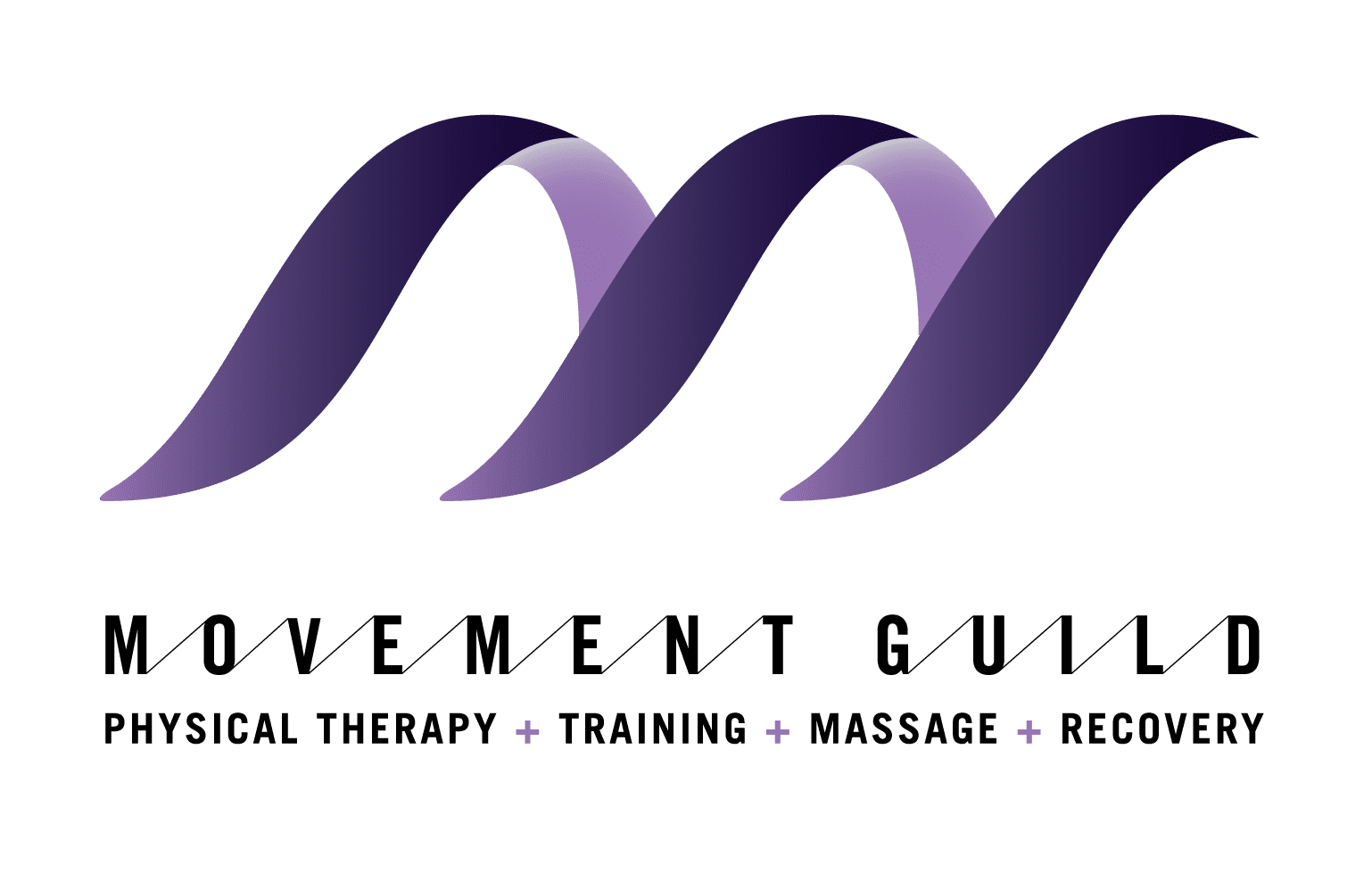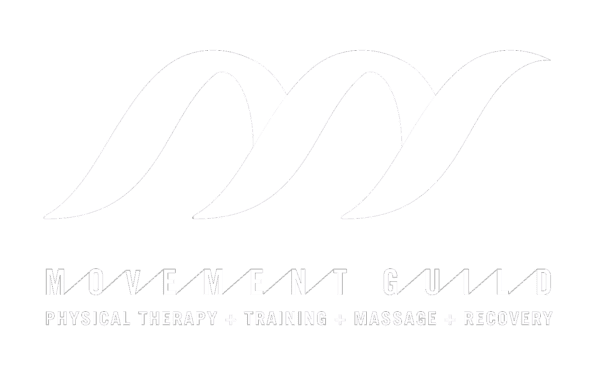If you’ve been dealing with stubborn muscle tension, pain that just won’t quit, or nagging mobility issues, there’s a good chance someone has recommended dry needling. And if you’ve already tried it, you probably walked out of your first session thinking: “Okay… that actually helped.”
But then comes the big question:
“How often should I get dry needling?”
At The Movement Guild, this is one of the most common questions we hear. Whether you’re brand new to dry needling or already familiar with how those tiny needles can release big tension, frequency matters.
Let’s break down how dry needling works, what affects how often you should get it, and how to build a treatment plan that actually works for you.
What Is Dry Needling, Really?
Let’s keep it simple. Dry needling involves inserting thin, solid filiform needles into muscle trigger points—those tight “knots” that cause pain, restrict movement, or refer pain to other areas. Unlike acupuncture (which is based on traditional Chinese medicine), dry needling is rooted in modern anatomy and neuromuscular science.
Here’s what it can help with:
-
Muscle tightness
-
Chronic pain
-
Myofascial trigger points
-
Limited mobility
-
Tendinopathies
-
Headaches and TMJ dysfunction
It’s a powerful tool in physical therapy—and when paired with movement re-education (which we specialize in at The Movement Guild), it can make a huge impact on recovery and performance.
So… How Often Should You Get Dry Needling?
The Short Answer
It depends on your body, your goals, and your overall plan of care. But for most people:
-
Acute issues: 1–2 times per week for 2–3 weeks
-
Chronic conditions: Once a week for 4–6 weeks, then reassess
-
Maintenance: Every 3–4 weeks as part of ongoing care
But let’s not stop there—because those numbers only matter when you understand what influences them.
What Affects the Frequency of Dry Needling?
1. The Severity of Your Symptoms
If you’re coming in with intense pain or recent injury, more frequent sessions at the start can help calm things down fast. For example, someone with a recent hamstring strain might benefit from 2x/week initially, followed by a gradual taper.
On the other hand, if your pain is low-grade but long-standing (think neck stiffness from years of desk work), a slower approach—weekly or bi-weekly—can still get you results without overloading your system.
2. Your Recovery Response
Dry needling stimulates your nervous system and muscles to reset. That’s a good thing—but it also means your body needs time to adapt. If you tend to feel sore or fatigued afterward (totally normal, by the way), we may recommend more spacing between sessions.
At The Movement Guild, we always assess how your body reacts before locking in a schedule.
3. Your Movement Patterns
Dry needling releases tension, but it’s not a standalone fix. If the patterns that created the issue aren’t addressed (like poor posture, imbalanced gait, or faulty lifting mechanics), the problem can return.
That’s why we always pair dry needling with movement retraining, mobility work, or strength progressions. The better your movement improves between sessions, the less frequent your needling needs to be.
Explore our full services here →
4. Your Lifestyle and Stress Levels
You’d be surprised how much stress, sleep, and hydration affect how your body responds to treatment. If you’re running on fumes and grinding your teeth through the night, you may need more frequent sessions—at least early on—to offset your baseline tension.
What a Typical Dry Needling Plan Looks Like at The Movement Guild
We never do cookie-cutter care. But if you’re wondering how we might approach a case, here’s an example:
Example: Shoulder Pain from Overuse
Week 1-2: Dry needling twice per week + manual therapy + mobility drills
Week 3-4: Dry needling once per week + progressive strengthening
Week 5+: Movement-only sessions unless pain returns
Maintenance: Monthly visits or as needed during training peaks
Each phase is based on how you feel and move—not just a timeline.
Is There Such Thing as Too Much Dry Needling?
Yes—and no.
Too much dry needling without proper recovery or integration can lead to:
-
Excess soreness
-
Nervous system overload
-
Temporary fatigue or flu-like symptoms
-
Over-reliance on passive treatments
But when it’s done strategically and in combination with active care? It’s one of the most effective tools in the box.
Our therapists at The Movement Guild are trained to know when to dial it up—or down—to get the best long-term outcome.
When Will You Start Feeling Better?
Some people feel immediate relief after just one session. Others notice improvement after 2–3 visits as the tissue starts to respond. And for chronic cases, it may take 4–6 weeks of consistent work.
What matters most isn’t how fast it works—but whether it sticks. And that’s where integrating dry needling into a complete rehab plan becomes the game changer.
Tips for Maximizing Results Between Sessions
-
Hydrate: Flush out inflammation and support tissue healing
-
Move: Don’t just rest—gentle movement helps lock in the benefits
-
Sleep: This is when your body repairs. Aim for 7–9 hours.
-
Breathe: Deep breathing supports your nervous system, especially if your pain is stress-related
Need a plan customized for you?
Let’s set it up.
Ready to Get Started?
Dry needling might seem like magic (and sometimes it feels like it), but it works best as part of a well-designed, intentional plan.
At The Movement Guild, we don’t just poke and hope. We assess your movement, track your progress, and adjust your frequency so you get lasting results—not just temporary relief.
Want to see if dry needling is right for you—or how often you really need it?
Book your first session today and let’s get to work.

